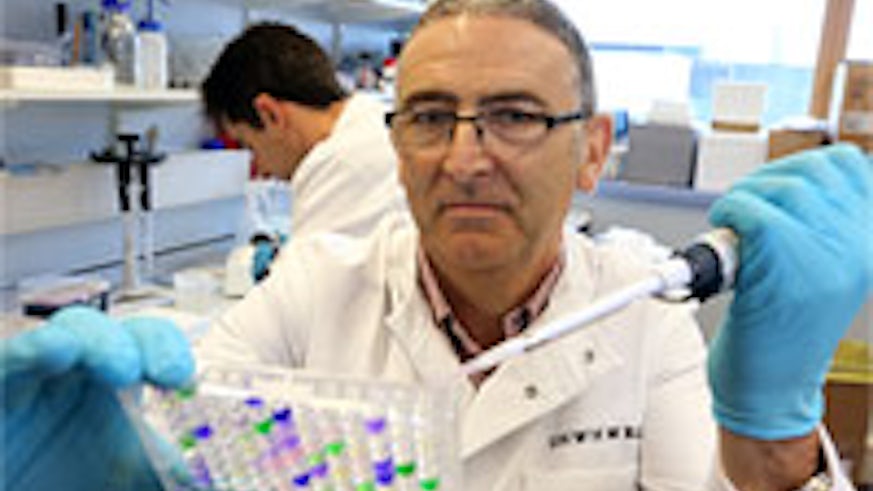Improving survival in dialysis patients
23 September 2013

University scientists have published data from a landmark study that explains why survival in patients on peritoneal dialysis is low.
Peritoneal dialysis (PD) is a treatment for over 250,000 patients with chronic kidney disease worldwide, using the patient's peritoneum in the abdomen. Currently, only one in ten PD patients survives beyond 10 years on dialysis. For each one-year increase in the patient's age, the risk of death increases by 4% and patients with diabetes have a 30% increased risk of death.
Scientists have now discovered that inflammation in the body and in the peritoneal cavity (where dialysis is performed) are a separate process, which has implications for both the ability to perform dialysis and patient survival. In effect, systemic (whole body) inflammation controls the outcome (survival) whilst peritoneal inflammation controls membrane survival.
Professor Nicholas Topley from the School of Medicine and Professor Simon Davies from Keele University designed the study that has taken 12 years to complete:
"Improving survival and doing better dialysis to improve quality of life is the key goal of our research," said Professor Topley. "This study was a hard one to bring home because of its length of follow up and the logistics of collecting patient samples worldwide. The importance of the results is self-evident - this is a big leap forward for PD."
Dialysis treatment is a daily reality for patients with kidney failure which can last for many years and incurs a huge annual cost for the NHS. A UK estimate suggests that renal disease costs the NHS in England £1.45 billion and £80million in Wales, annually.
More than 250,000 patients worldwide use peritoneal dialysis as their primary form of renal replacement therapy.